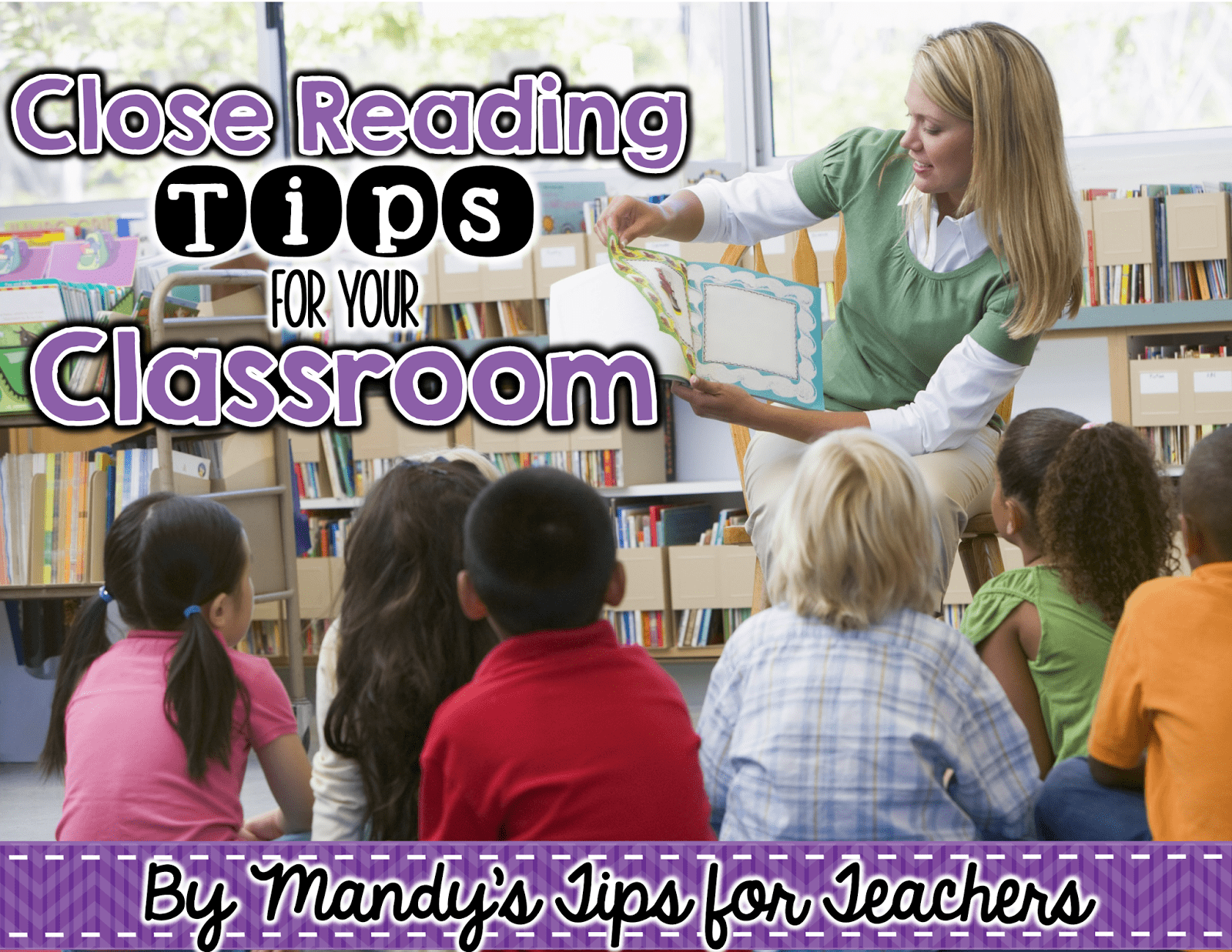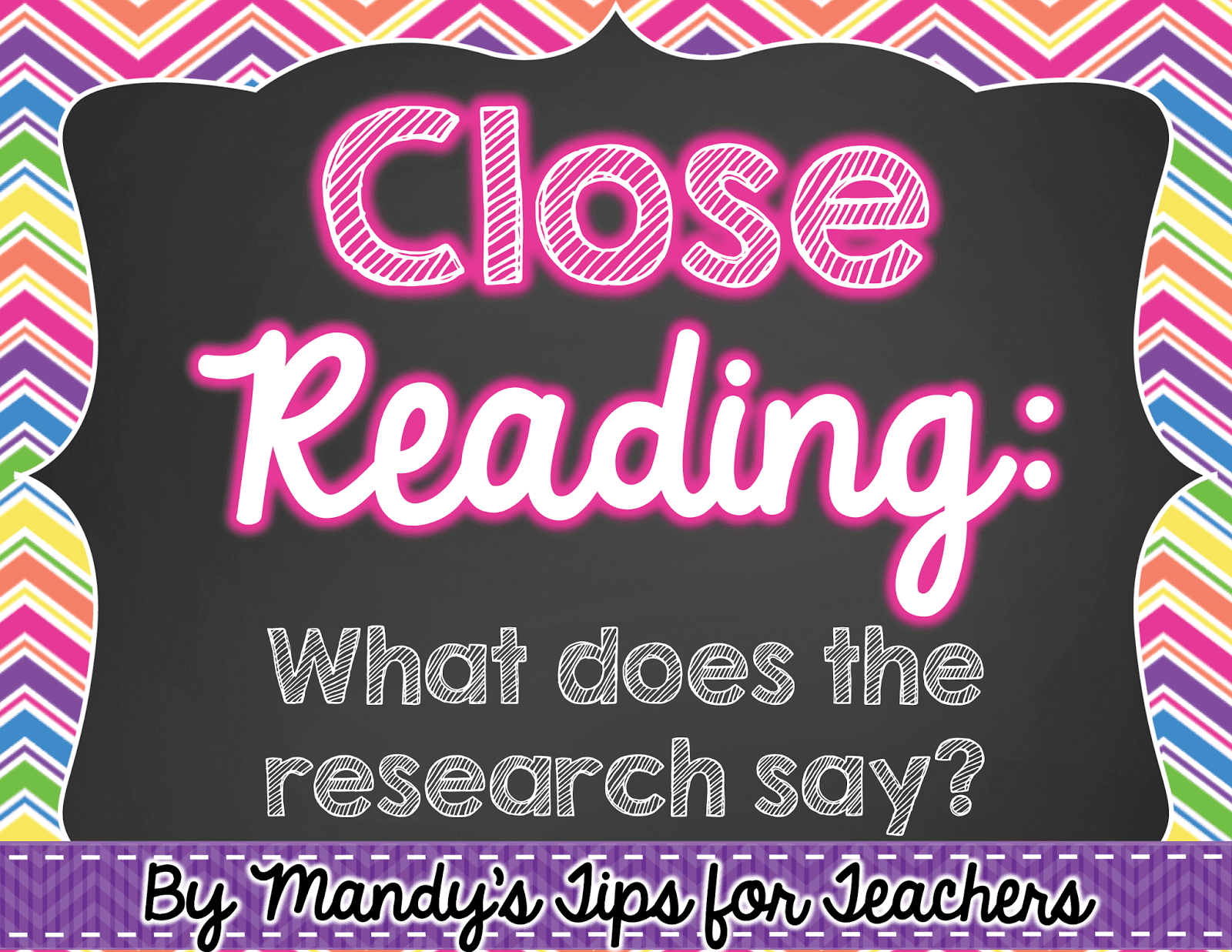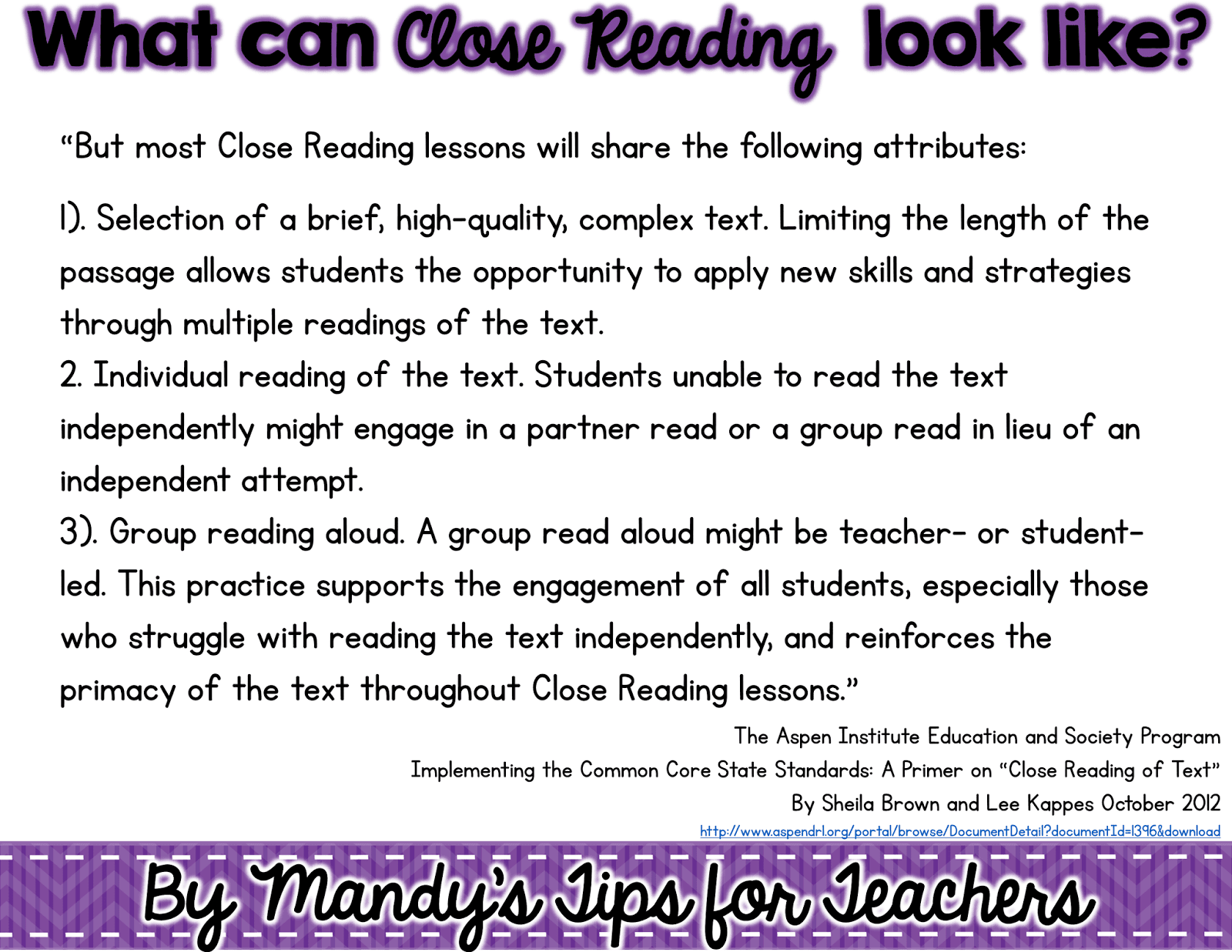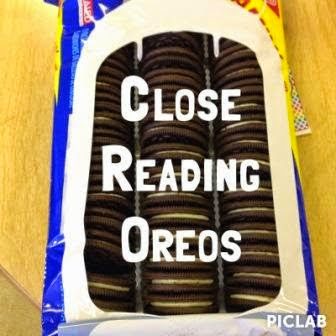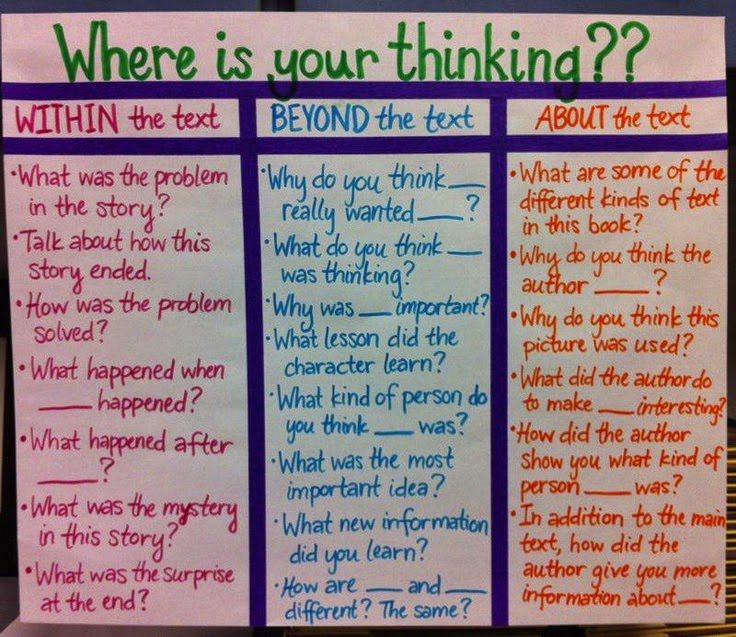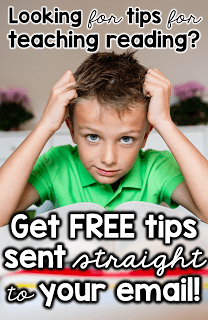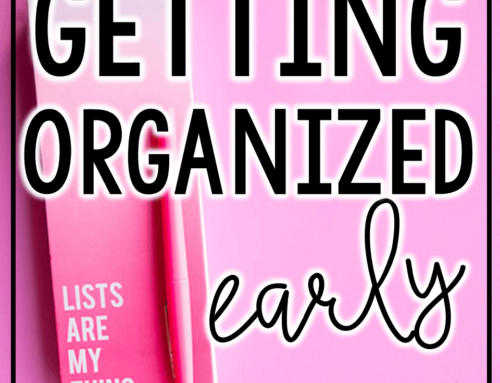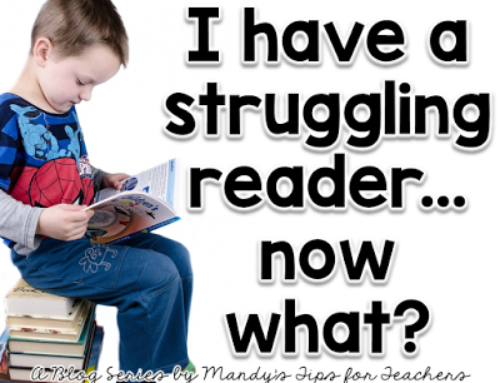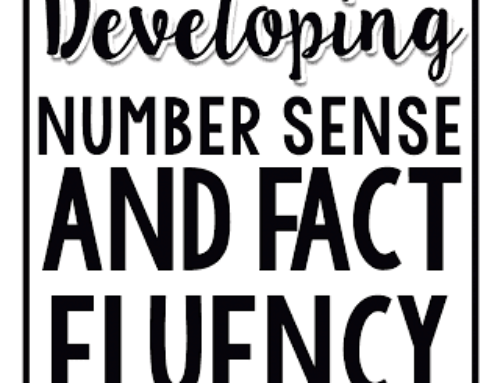Well, I may be a bit late to the party, but least I arrived, right???
In the last few posts I really focused on Close Reading and what some of the research says. I do encourage you to continue to research, because you can’t really rely on just a few pieces to build your entire belief system or approach.
We looked at what Close Reading was and wasn’t and some of the debate surrounding Close Reading. You can read all the previous posts here:
Part Three
Part Four
Part Four
We know that is is just one of many practices we need implement.
So now, how DO you do Close Reading in your classroom? After all the debate how can you take this and use it to help your readers? Before you can even BEGIN to implement Close Reading, you have to find the text.
**Warning- Soapbox Moment- There are a million products on TpT . Okay, maybe bot a million- just 5200 hits when I searched it. For realz. Now, many people like to use passages for Close Reading. But let’s think about this, can a worksheet really provide, “a
text must be of the highest quality, with a richness and depth that supports
and deserves deep analysis?” Maybe some can. But I doubt all 5,200 can. I would STRONGLY encourage you to find authentic text for kids to read. Because do you really want them to analytic readers of short passages on worksheets or analytic readers of the books that are actually in their hands? Just a thought. Rant over.**
text must be of the highest quality, with a richness and depth that supports
and deserves deep analysis?” Maybe some can. But I doubt all 5,200 can. I would STRONGLY encourage you to find authentic text for kids to read. Because do you really want them to analytic readers of short passages on worksheets or analytic readers of the books that are actually in their hands? Just a thought. Rant over.**
Here is what some of the research said…
I love that the article cited the “attributes” of close reading, rather than a step by step process. Because it will (and should ) vary for each text.
I know you are thinking, “This is all great, woman, but my admin wants me to start doing Close Reading as of yesterday. Just tell me what to do!!!”
I love how Shanahan just breaks it down. That is a great way to look at it when you are planning your lessons.
Still want more? Now you have the knowledge, let’s see how we can use it!
I am no expert, so I turned to my good friend Pinterest to look for some resources. I am always in awe of my colleagues.
I LOVE, LOVE, LOVE this lesson on teaching students to be more critical when reading. We all know kids want to avoid rereading like the plague. This is a concrete demonstration for why it is needed.
and this is a concrete example shared by Stuckey in Second.
I love this anchor chart for guided questions by Julie Ballew.
If you are looking for concert models of how to do this in your classroom, I found this lesson for third grade. It uses this book.
I also found this video shared by Lisa Gray of a teacher modeling using the book mentioned in previous posts, Note and Notice! Love it!!!!!!
If you are looking for books to use for Close Reading, I did manage to find this one list
I love this quote to wrap up this series.
Isn’t that really why we do, what we do each and every day?
Do you feel like you need more help with reading instruction?
Sign up to have specific tips and strategies send straight to your email for FREE! You can sign up here! Please note, this is an additional, BRAND NEW newsletter that is separate from my blog newsletter. If you want to get these tips, you have to sign up here!
Mandy Gregory is a 2007 and 2012 Teacher of the Year. She has taught Kindergarten- 4th grades in both the general education and inclusion settings. She is currently a 1st grade Special Education teacher. She is the owner and creator of Mandy’s Tips for Teachers website (www.mandystipsforteachers.com) and has over 13 years of teaching experience. She is married with two beautiful children.

